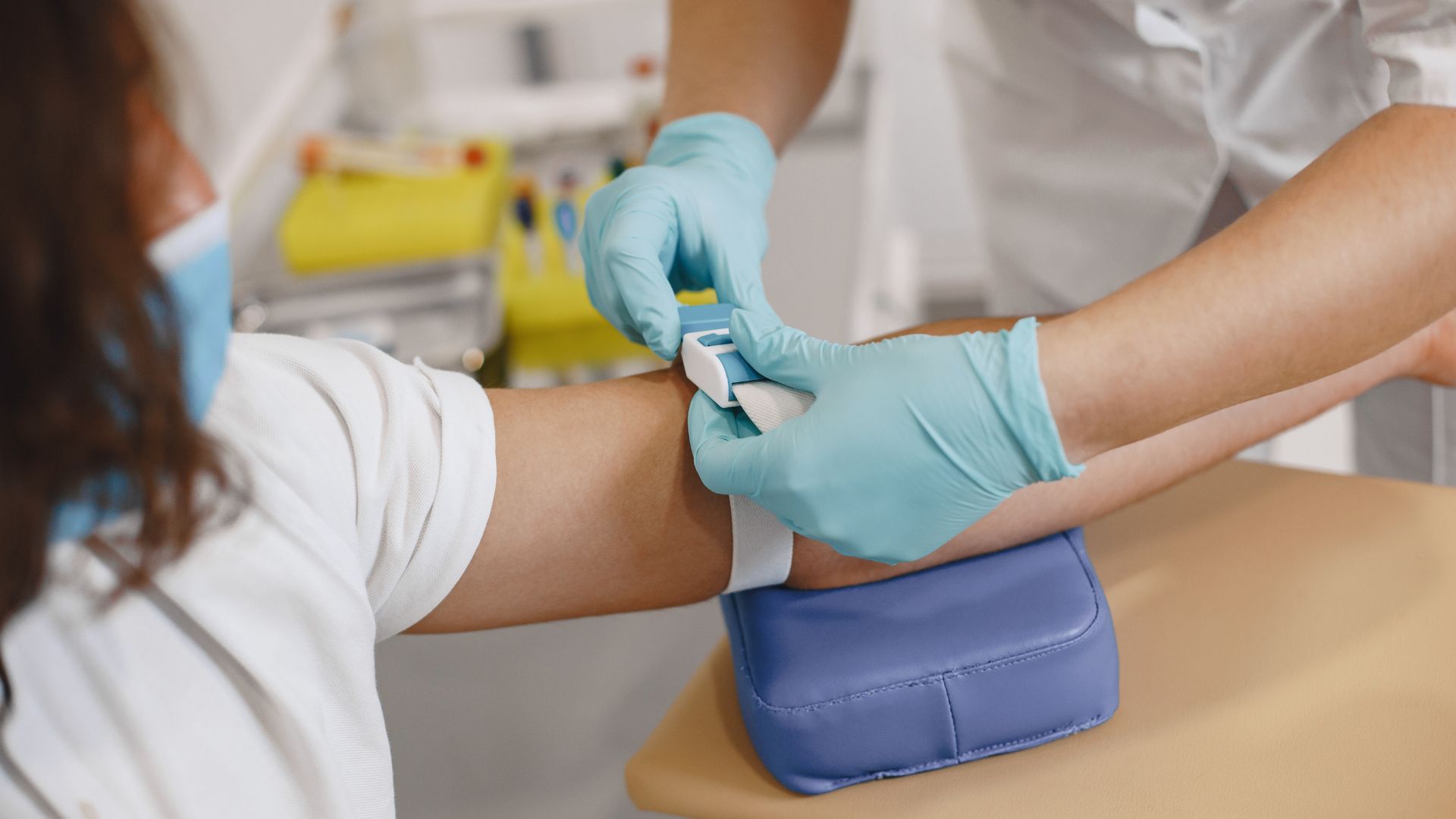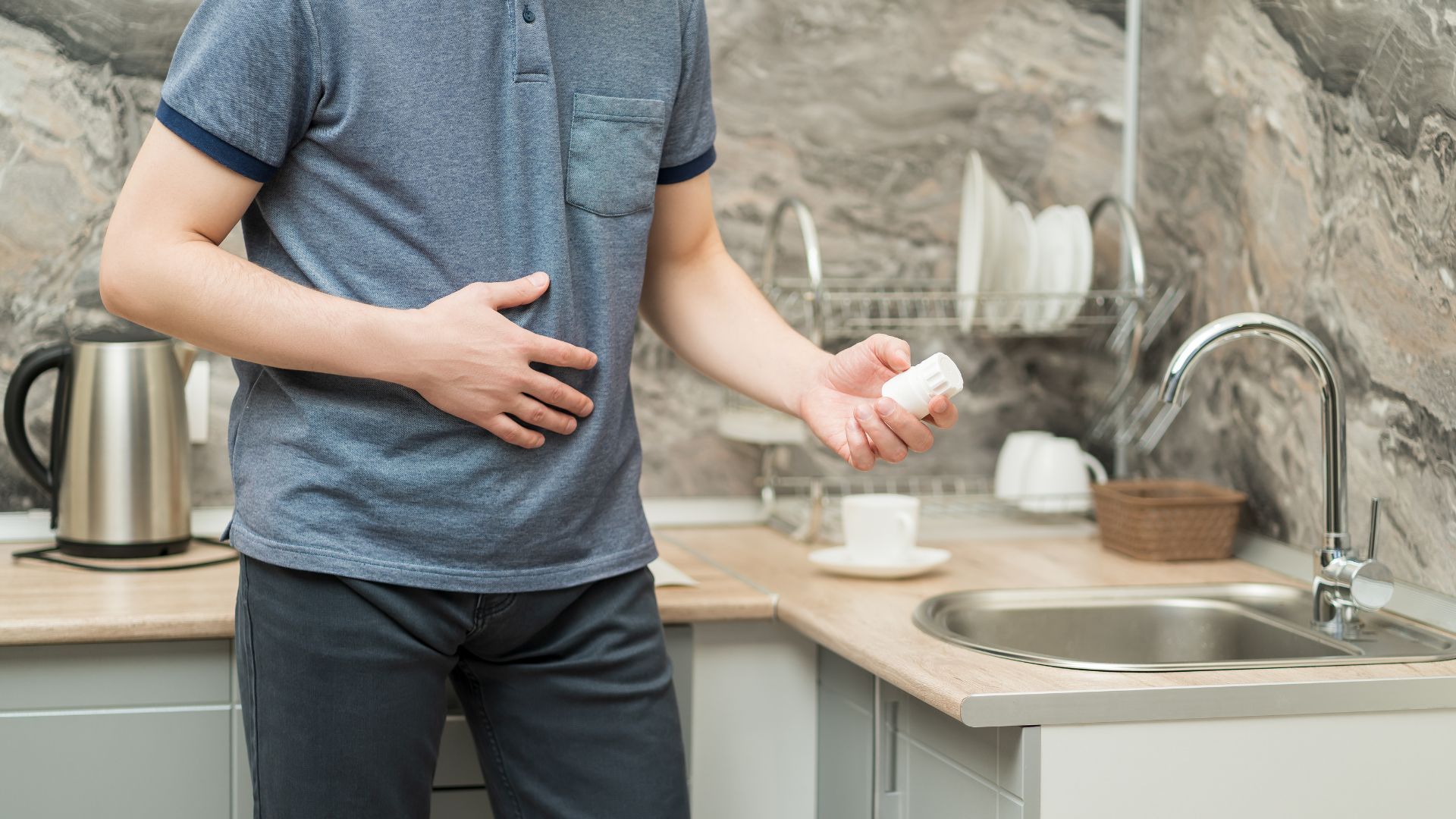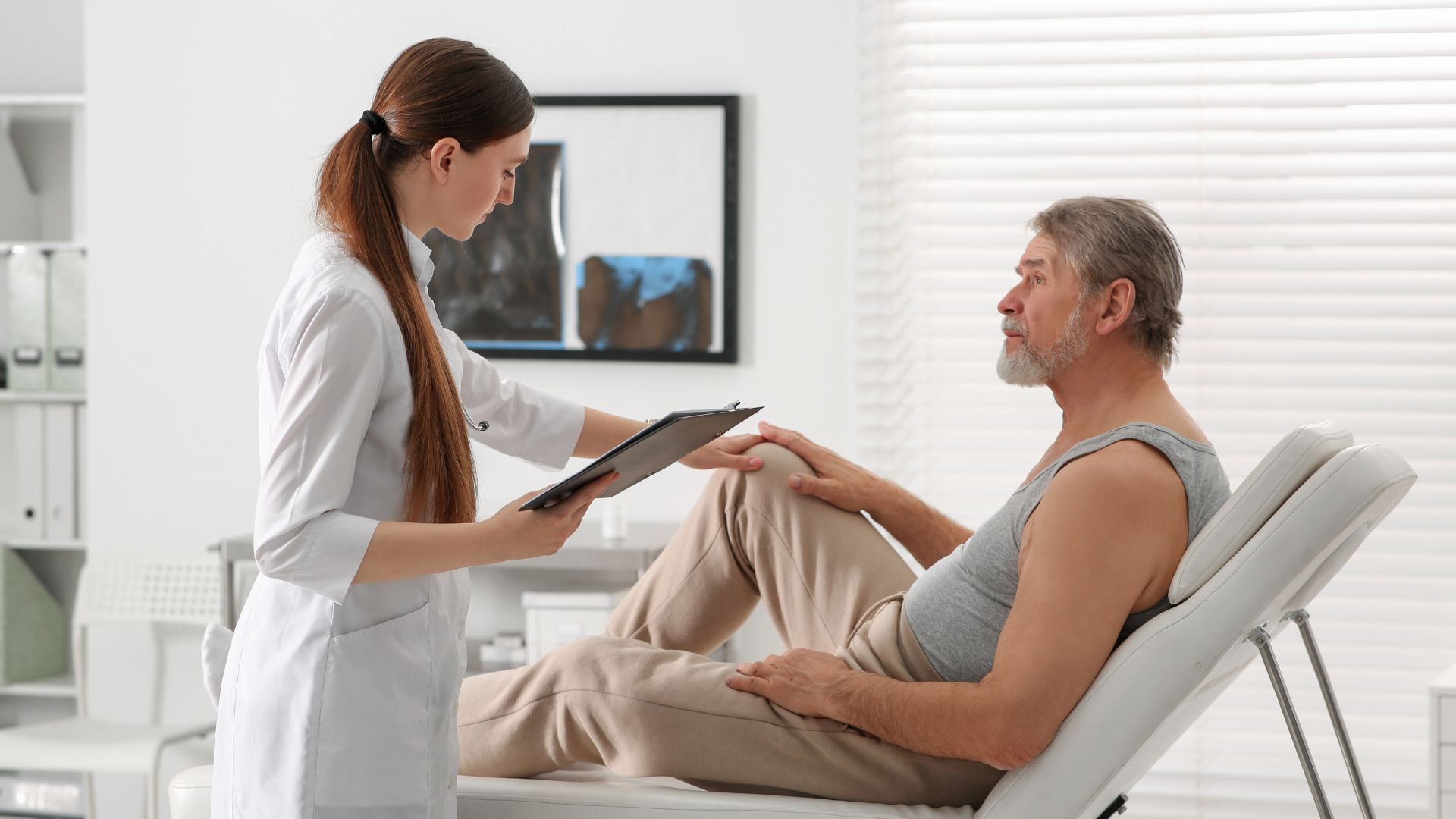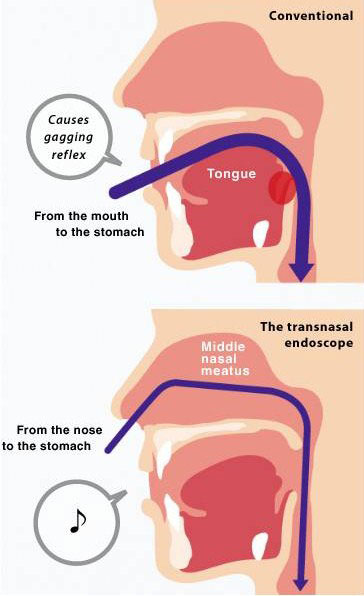Gastroscopy is an excellent technique for investigation of upper gastrointestinal pathology. It is the procedure to investigate many common digestive symptoms such as abdominal pain, heartburn, dyspepsia and dysphagia.
Technical improvements have allowed to significantly reduce the diameter of endoscopes used to examine the upper gastrointestinal tract. Hence, transnasal introduction of endoscopes used to perform a standard esogastroduodenoscopy (EGD) has become possible.
As for standard gastroscopy, patients should fast 6 hours before undergoing unsedated transnasal gastroscopy. In contrast with conventional EGD (CEGD), no intravenous line is placed on a routine basis and the procedure may be performed with the patient either seated or in the left lateral position (similar to CEGD). Nasopharyngeal anaesthesia is usually performed using a 2% lidocainegel (the patient first sniffs lidocaine, and this is then applied into the nasal cavity by introducing a cotton-tipped swab). A few minutes after local anaesthesia, the endoscope is inserted through the most patent nostril. A standard EGD, including biopsy sampling if indicated, is performed. Patients in the seated position are able to look at live endoscopic images on a videoscreen, and they are encouraged to discuss endoscopic findings with the specialist during the examination (speak ability is preserved with small-diameter endoscopes).
Unsedated T-EGD lasts between 5 and 15 minutes. This is slightly longer than CEGD because navigation through the nasal cavity is more technically demanding than through the mouth and inflation/sucking capabilities of small diameter endoscopes are weaker compared to those of conventional models. However, when patient preparation and post-procedural monitoring after sedation are taken into consideration, the transnasal gastroscopy is shorter than sedated C-EGD.
The advantages of the transnasal approach as opposed to the “traditional” transoral approach are:
• No sedation
• More successful procedures
• Patients are relaxed – no involuntary gagging
• You will be able to talk normally during the test
• Patients can drive home, eat, drink, return to work
• Less time in recovery
• Patient vital signs (blood pressure, pulse etc) remain stable








